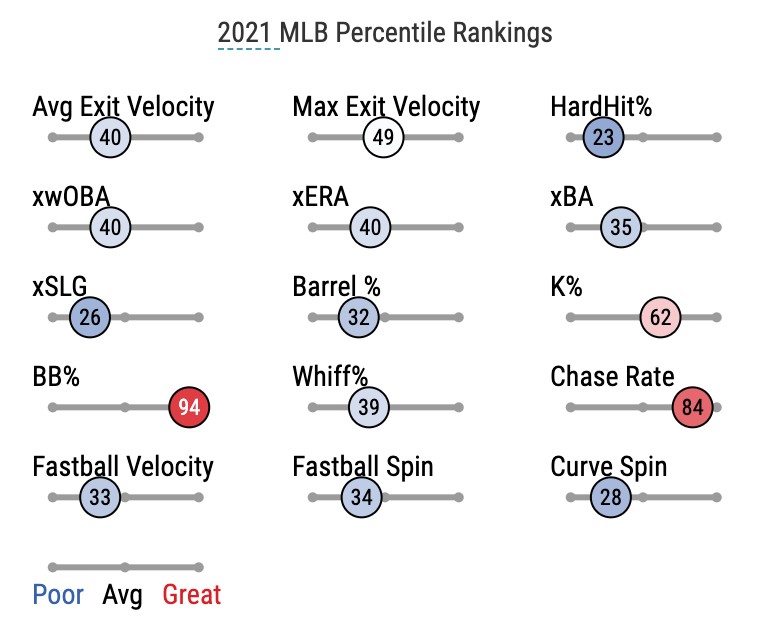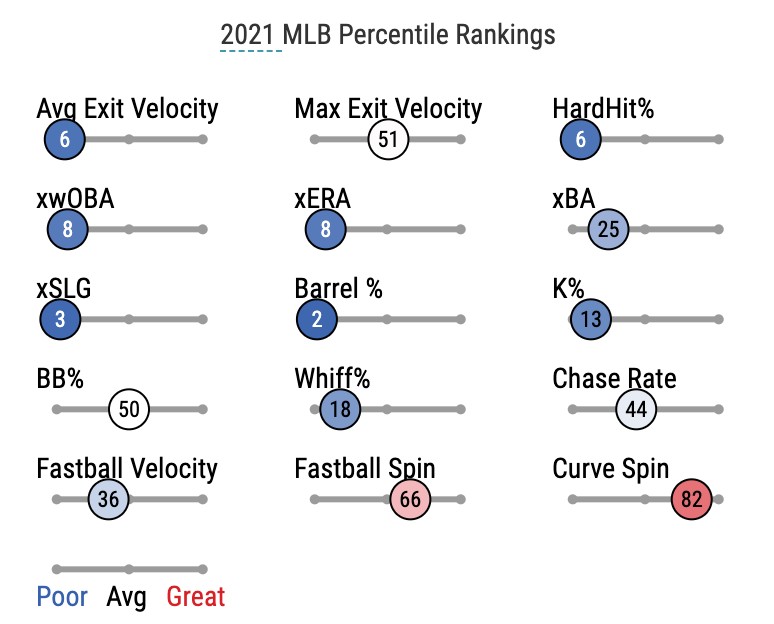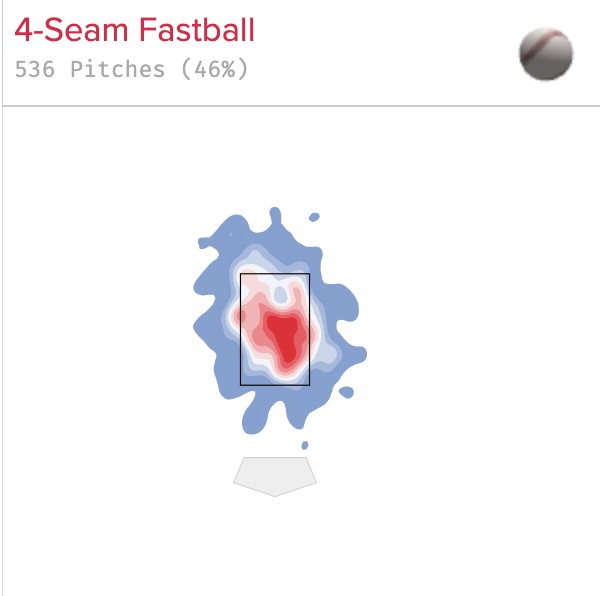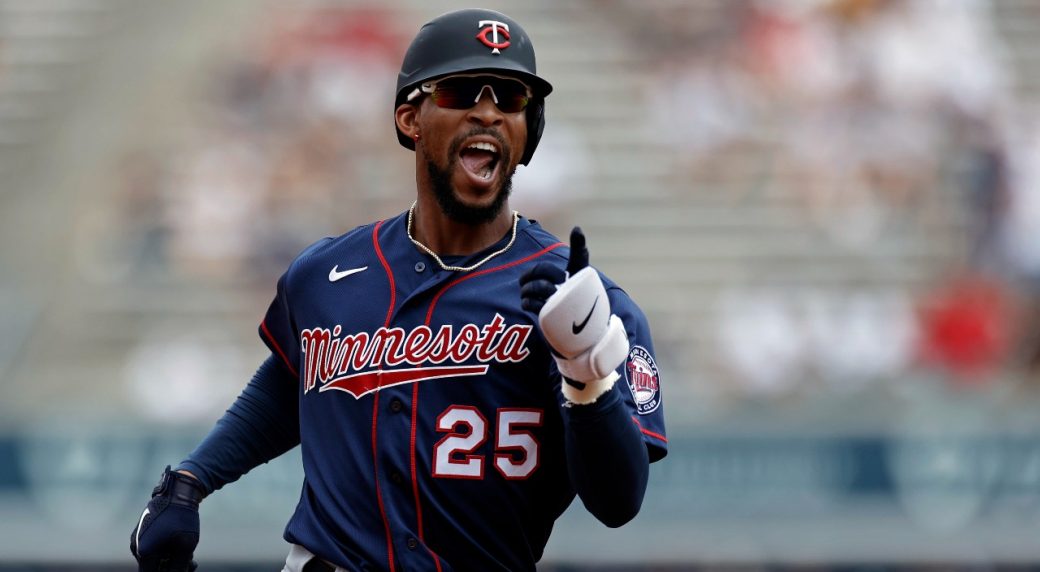After a scorching 16-3 run, the Toronto Blue Jays are well positioned to control their own fate. They’re currently in a playoff spot, and if they play well enough they’ll find themselves in the American League Wild Card game, no collapses from other clubs required.
Even so, it would be silly to pretend that the fortunes of the Blue Jays are completely untethered to the success of other teams. There’s a reason that scoreboard watching is so popular this time of year. As a result, a ranking of the teams most responsible for whether the Blue Jays make the postseason or not looks something like this:
1. The Toronto Blue Jays (obviously)
2. The New York Yankees
3. The Boston Red Sox
4. The Minnesota Twins
You could quibble with the order of the Yankees and Red Sox -- I have the Yankees higher because the Red Sox end-of-season schedule is so soft (nine of the their remaining 14 games come against the Baltimore Orioles or Washington Nationals) that they seem unlikely to present an opening for Toronto -- but the odd duck here is the Twins, who have a .435 winning percentage and have already been eliminated from playoff contention.
The Twins will have a significant say in how the Blue Jays fare for the simple reason that seven of the final 16 games Toronto plays come against Minnesota. While that’s good news for the Blue Jays, the Twins aren’t the Baltimore Orioles. They are an MLB-calibre team with some legitimate strengths.
Let’s dig a little deeper into a matchup that could propel the Blue Jays to the playoffs or spoil a magical run:
What does the Twins offence look like?
Although Minnesota’s offence isn’t the slugging juggernaut it was billed to be prior to the season, it’s still been an above-average unit this season. The club ranks 12th in the majors with a 100 wRC+ and its 658 runs scored rank 15th. The most dangerous aspect of the Twins’ attack is their ability to strike quickly via the long ball as their 206 home runs rank 5th in the league.
It is worth noting that the Twins offence hasn’t quite been the same since they shipped Nelson Cruz to the Tampa Bay Rays, especially when it comes to power output:

That loss is somewhat mitigated by the return of Byron Buxton from injury, but the lineup simply isn’t the same without its top slugger.
With three lefties and one switch hitter in their every-day lineup, the Twins are significantly more effective against right-handers (102 wRC+) than southpaws (96 wRC+) and in terms of pitch preference FanGraphs pegs them at a +46.6 run value against fastballs (fifth in the majors) while they’re in the red against every other pitch type.
How can the Blue Jays counter it?
The Blue Jays already have a great pitching matchup on Friday with Hyun-Jin Ryu, a lefty who isn’t too fastball-reliant. They’ve got another southpaw in Steven Matz going Saturday, he might want to ratchet up the change-up usage, especially against slugger Miguel Sano, who’s whiffed on close to 50 per cent of changes this year with a -7 run value, according to Statcast. Alek Manoah might seem like a better matchup for the Twins as a right-hander who pumps heaters, but if his slider is anything like what he showed in his last start he could have success leaning on it:
The Jays have not yet named a starter for Sunday.
In the bullpen, Adam Cimber stands out as a guy who could be used liberally because his fastball presents a different look, he throws a lot of sliders, and he’s had no trouble keeping the ball in the yard this year. Closer Jordan Romano, on the other hand, could have a nervous moment or two thanks to the fact that he’s extremely fastball heavy these days and home runs have been a problem for him. That’s probably not enough to change his deployment, but it’s something to keep in mind.
From a defensive standpoint, the Twins pull the ball more than any team in baseball (43.5%) so the Blue Jays might get into a few more shifts. Minnesota is also one of the worst base-stealing teams in the majors (their 46 steals rank 27th in the majors), which could allow Toronto to feel more comfortable deploying Alejandro Kirk at catcher.
What does the Twins' pitching look like?
Short answer: not good.
The Twins have allowed 769 runs this season. For reference, the Blue Jays have scored 771. That means they’ve turned the teams they’ve faced into elite offences. When they face a top offence like the Blue Jays, there’s potential for things to get ugly. To make matters worse for the Twins, they’re down their best starter (Kenta Maeda) and reliever (Taylor Rogers).
The three starters the Blue Jays are likely to see over the weekend (Bailey Ober, Michael Pineda and Joe Ryan) have been surprisingly competent, though, combining for 193 innings of 3.93 ERA ball with a solid 4.20 FIP.
Ober and Pineda profile similarly as right-handers who don’t throw particularly hard, whose best quality is their ability to limit walks:
Ober

Pineda

That’s not a particularly intimidating profile for a Blue Jays team that loves fastballs and punishes pitches in the zone -- although some of the free swingers like Bo Bichette and Corey Dickerson might be lured out of the zone by each’s ability to induce chases.
Ryan is a bit more of a wild card. He’s only allowed four runs in his first 17 MLB innings, but he doesn’t throw particularly hard, and there’s nothing eye-popping about the movement on his pitches.
The other starter the Blue Jays are likely to see, in their next series with the Twins next week in Minnesota, is Griffin Jax.
Jax is an intriguing arm because of the significantly above-average movement on both his fastball and slider, but his command this season has been awful leading to a bloated 2.48 HR/9 and 6.65 ERA in 69 innings -- with brutal contact management numbers across the board.

If he pipes fastballs like he’s been doing all season, he shouldn’t present much of a problem for the Blue Jays lineup.

The Twins have a few strong bullpen arms in Alex Colome, Tyler Duffey and southpaw Caleb Thielbar, but nobody who feels like a guarantee to erase top-tier hitters. Minnesota’s greatest strength in relief is in its quantity of arms. Right now, the Twins are carrying an 11-man bullpen, which allows them to pick and choose matchups at their leisure.
How can the Blue Jays counter it?
There simply isn’t a lot to say here. To borrow a football term, the Blue Jays lineup is a rolling ball of butcher knives right now — and the Twins don’t seem to have the pitching staff to stop them. On a micro level, Toronto can feel more comfortable about putting Randal Grichuk into the lineup because of all the four-seam fastballs they’re going to see (Grichuk has hit .309 and slugged .511 against the pitch this year), and Ober’s lefty/righty splits probably invite Dickerson -- and perhaps Jake Lamb -- into the lineup. There aren’t a lot of wrong answers here, though, as Toronto has something of a set-it-and-forget-it group.
If the Blue Jays can’t score runs against this Twins team they don’t deserve to keep their hot streak going.

